Torcal de Antequera
Rare karst landscape eroded from a flat seabed.
Looking almost completely manmade, the karst formations of Torcal de Antequera formed over millions of years, and left behind a magnificent geological sculpture garden featuring rocks that predate some dinosaurs.
The limestone bed of the area was first formed during the Jurassic period, 150 million years ago. At the time, it was a completely flat seabed. However, time and erosion led to a series of fractures that delicately carved the rock into a living art-scape, changing over the millennia and becoming more intricate.
Today, visitors flock to the area to see the latest stage of the karst formation’s evolution. Seemingly unstable towers give climbers a view over fields of rocks that have formed caves, tunnels and rocky outcroppings that have been affectionately named based on their resemblance to camels, jugs and the Sphinx. Besides rock formations, visitors should also keep a keen eye out for the rare Spanish Ibex, which roam the rugged terrain.












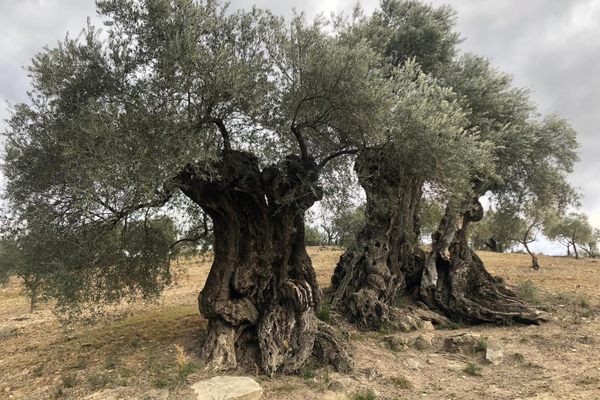
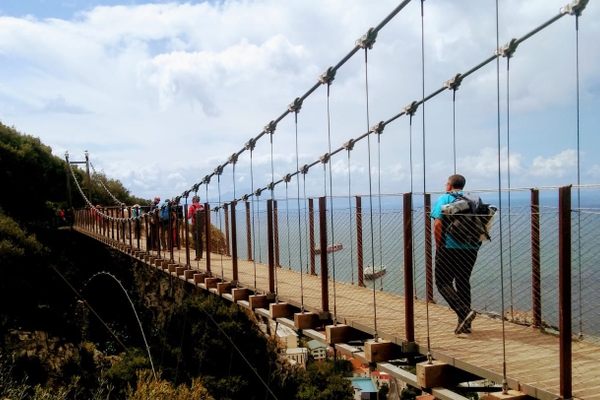
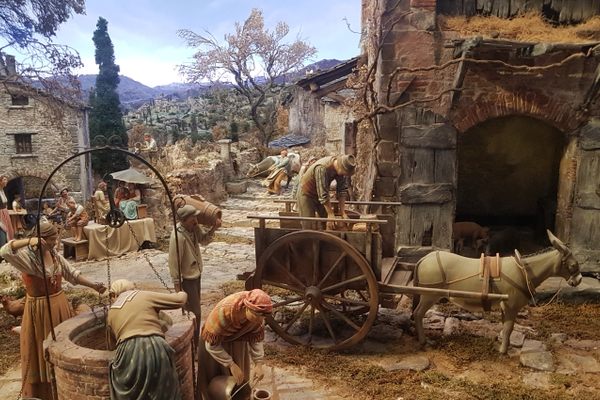
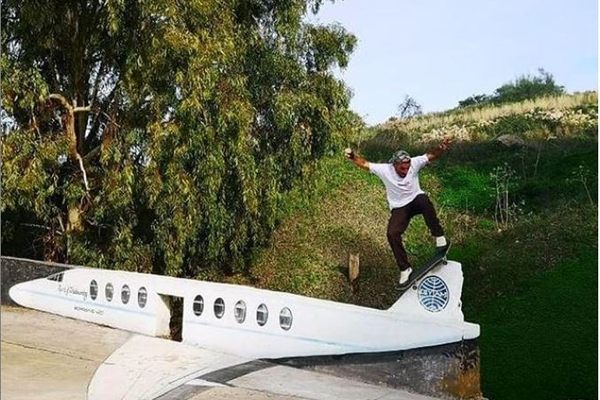

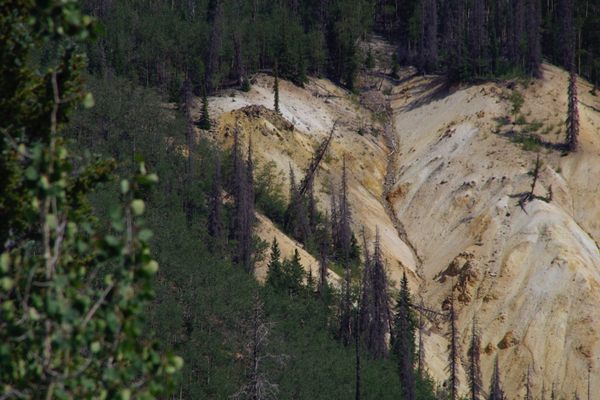
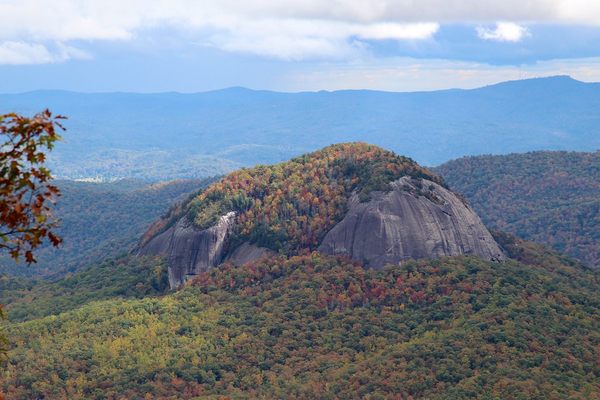
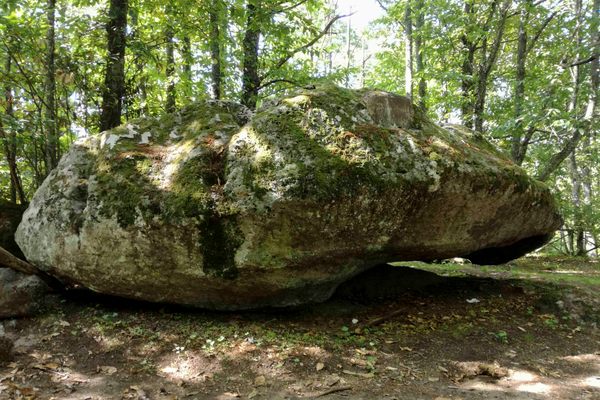

Follow us on Twitter to get the latest on the world's hidden wonders.
Like us on Facebook to get the latest on the world's hidden wonders.
Follow us on Twitter Like us on Facebook